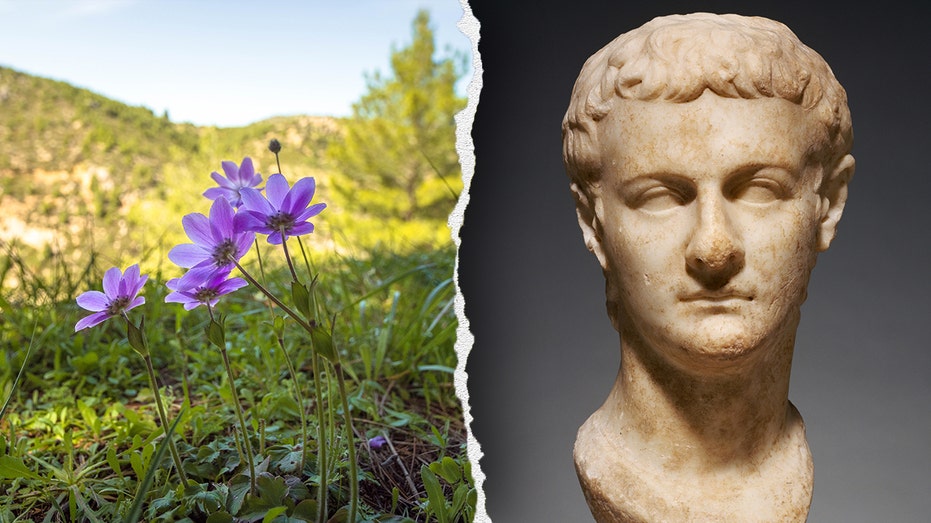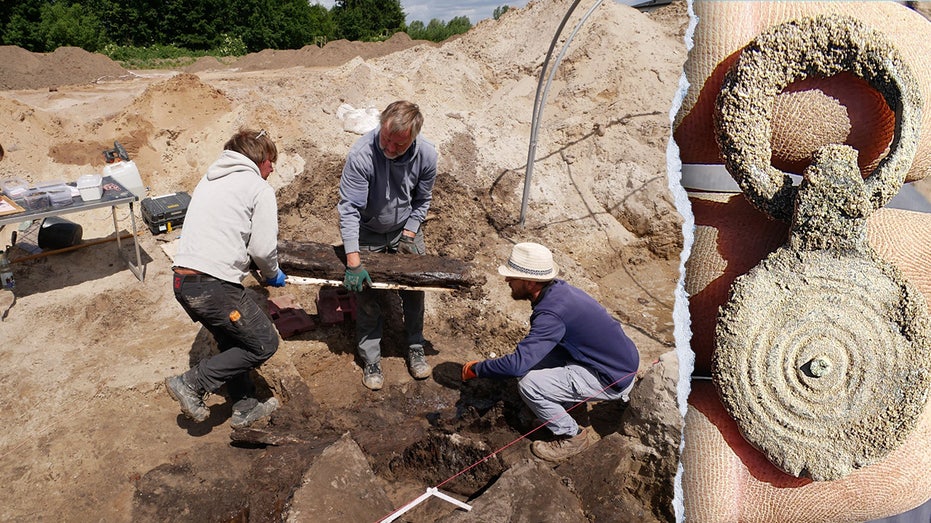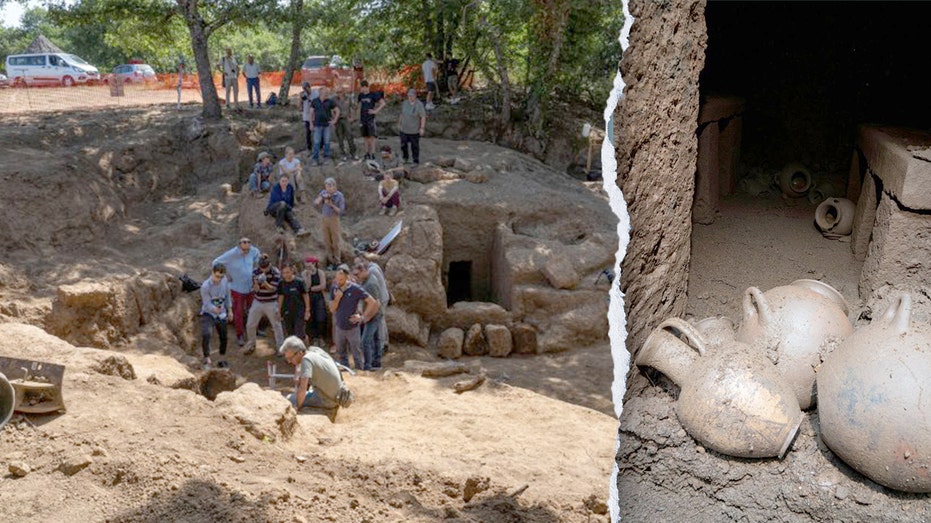Caligula’s Hidden Passion: Roman Emperor’s Surprising Interest in Medicinal Plants Unveiled

Sarah Johnson
July 20, 2025
Brief
Discover how Roman emperor Caligula’s surprising interest in medicinal plants reveals a complex side to his infamous legacy, blending curiosity with survival.
History often paints Caligula, the infamous Roman emperor, as a figure of madness and tyranny. Yet, a fascinating new study sheds light on a lesser-known side of this controversial ruler: his unexpected interest in medicinal plants. Yes, the man known for cruelty might have had a green thumb—or at least a keen curiosity about the healing (and harming) powers of nature.
Research co-authored by Trevor Luke, a classics professor at Florida State University, dives into an obscure anecdote from the Roman historian Suetonius. It recounts a senator who traveled to the Greek town of Antikyra for treatment with hellebore, a plant now known to be toxic but once used medicinally. Getting to Antikyra and staying there was no small feat financially, and when the senator requested an extended stay, Caligula’s response was chilling—he ordered the man’s execution, quipping that hellebore clearly hadn’t worked after all that time.
This grim tale hints at something deeper: Caligula’s familiarity with medicinal plants. Luke’s findings suggest the emperor wasn’t just a casual observer but likely studied the properties of toxic and therapeutic flora, possibly drawing from pharmacological texts attributed to figures like Mithradates VI Eupator. While poisoning was a common trope in stories of vile rulers, the mounting evidence of Caligula’s botanical knowledge—unearthed through ancient texts and archaeological studies—paints a more complex picture.
Antikyra itself emerges as a historical gem in this story. Luke likens it to a modern-day Mayo Clinic, a destination for Roman ‘medical tourists’ seeking cutting-edge treatments. Healers there reportedly mixed hellebore with a local plant called sesamoides, creating what was considered the safest and most effective remedy of its kind at the time. Who knew ancient Greece was the place to go for a health retreat?
Was Caligula a ‘plant nerd’ by today’s standards? Luke suggests the label fits, but with a caveat. The emperor’s interest wasn’t mere hobbyism—it was tied to survival. With family members like Germanicus and Lepidus dying under suspicious circumstances, often linked to poison, Caligula’s study of plants may have been a form of self-defense. Healing or harming, plants were power, and he knew it.
Ultimately, this research invites us to look beyond the shock value of ancient accounts. Historians like Suetonius crafted narratives to scandalize, not always to clarify. Digging into the facts, as Luke does, reveals a Caligula who was more than just a monster—perhaps a man of calculated curiosity, navigating a deadly world with every tool at his disposal, even the roots and leaves of the earth.
Topics
Editor's Comments
Caligula, the ultimate bad boy of Rome, dabbling in plants? That’s right—turns out he might’ve been the original ‘herbal influencer.’ But executing a senator over a failed hellebore cure? Talk about a toxic review! Maybe he thought Antikyra was just a fancy spa scam—guess we’ll never know if he demanded a refund.
Like this article? Share it with your friends!
If you find this article interesting, feel free to share it with your friends!
Thank you for your support! Sharing is the greatest encouragement for us.






